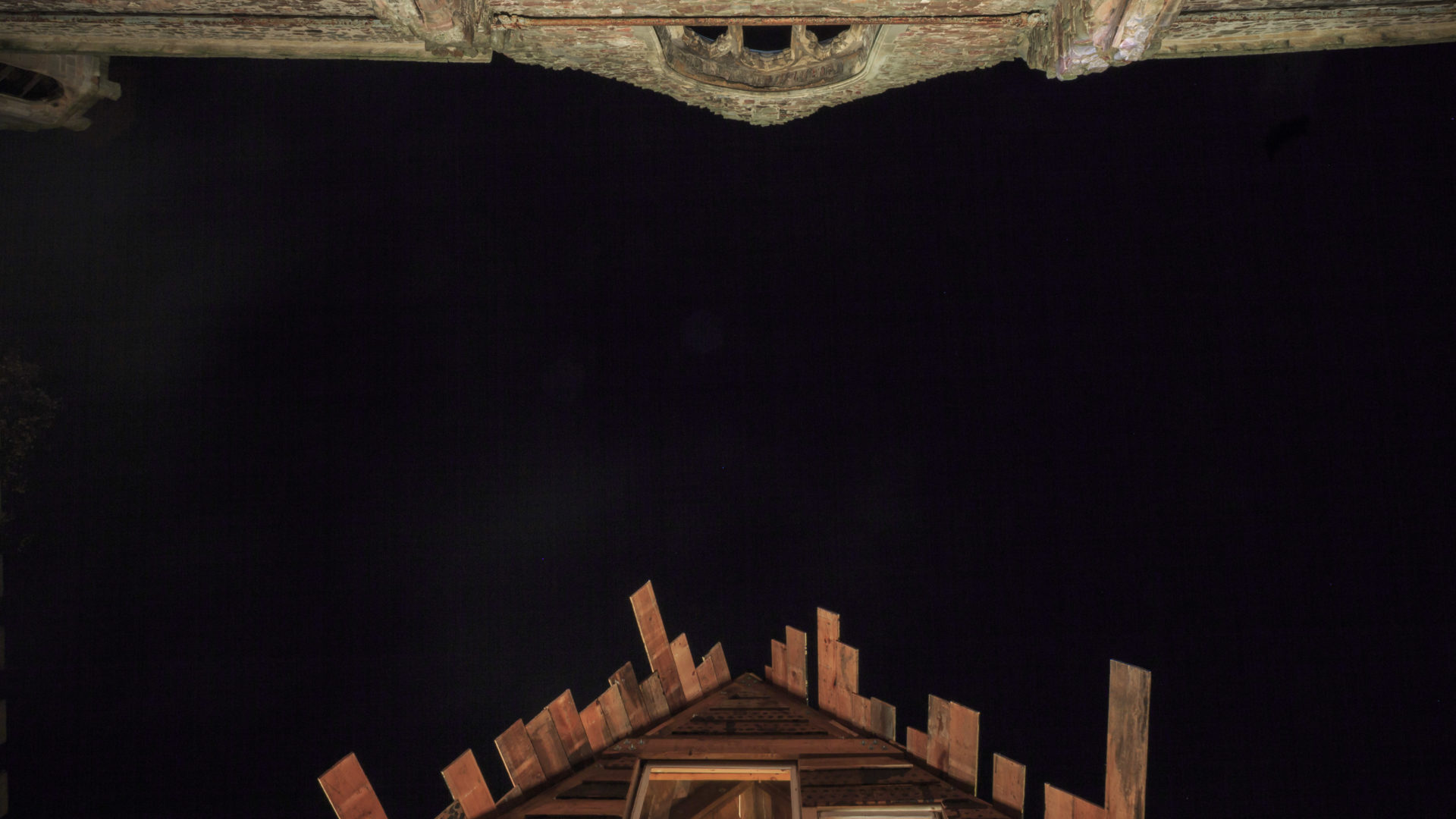Temple Church is not dead. It has just been sleeping.
On 24th November 1940, Bristol was subject to 10,000 incendiary bombs and 160 tons of high explosive in the second night blitz of WWII. As the Lord Mayor of Bristol described at the time, “the City of Churches had in one night become the city of ruins”.
A fire raged through Temple Church, close to the primary target of the railway station, burning pews, shattering stained glass windows and destroying its internal fabric. Some weeks later, its ultimate destruction was saved by a passer-by who prevented two ministry officials from setting off explosive charges under the leaning tower, informing them that the tower was not a recent casualty. It had leaned, in fact, since 1390. The first English parish church to be taken into the ownership of the Ministry of Works, Temple Church has been protected under the care English Heritage ever since – but not primarily because of its 14th century shell, but due to the remains of the original 12th century circular church of the Knights Templar, which lie hidden under its foundations. To the Dobunni Celtic tribe, Temple Church was, and remains in contemporary Celtic tradition, a sacred place due to ley line alignment. And to the thousands who will gather in small groups here over the 24 days of Sanctum, it is a new gathering place to hear the city as never before. It is a site, then, that declines one history, one story.
Download Claire Doherty’s essay On Sanctum here.



